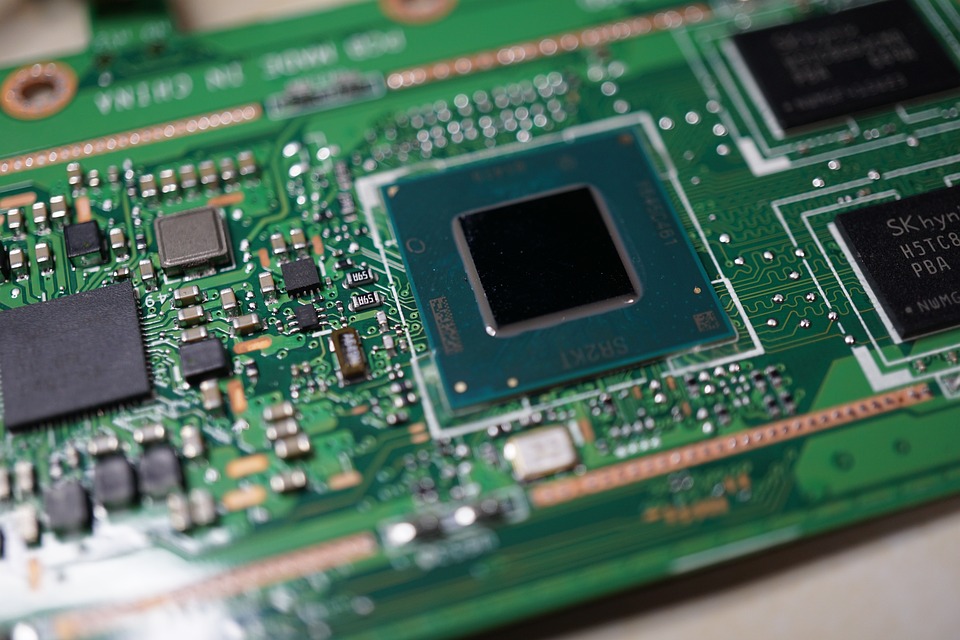As we stand at the precipice of a new era in computing, the evolution of Central Processing Units (CPUs) is more exciting than ever. With rapid advancements in technology, shifts in computational needs, and a drive towards energy efficiency, the future of CPU technology is set to redefine how we interact with the digital world. This article delves into the upcoming trends, innovations, and challenges in CPU technology, illustrating the future landscape of computing.
The Rise of Heterogeneous Computing
One of the most significant trends is the shift towards heterogeneous computing, where CPUs are complemented by specialized processors such as GPUs (Graphics Processing Units) and TPUs (Tensor Processing Units). This combination allows for optimized performance across a range of applications, from artificial intelligence (AI) and machine learning to gaming and scientific computations.
In heterogeneous systems, CPUs handle general-purpose tasks while GPUs accelerate parallel processing tasks. As demands for data processing increase — especially with the rise of big data and real-time analysis — the importance of integrating various processors will continue to grow.
Architectures on the Move
The traditional von Neumann architecture, where the CPU acts as a singular unit processing data and instructions, is evolving. New architectural paradigms, such as RISC-V (Reduced Instruction Set Computing), are moving into the spotlight. RISC-V offers an open standard, giving developers and companies greater flexibility and control over their hardware designs. This customization potential can lead to innovative CPU designs catering to specific workloads and applications, driving efficiency and performance.
The Push for Energy Efficiency
Energy efficiency has become a critical focus in CPU design. As data centers grow and power consumption rises, the need for sustainable computing solutions is urgent. Technologies like dynamic voltage and frequency scaling (DVFS), which adjust the CPU’s power consumption based on its workload, are being widely adopted.
Moreover, with the burgeoning Internet of Things (IoT), where countless devices need to operate within stringent power budgets, CPUs built for low energy consumption are increasingly vital. Manufacturers are investing in designs that maximize performance while minimizing energy use, which not only helps reduce costs but also addresses environmental concerns.
Quantum Computing: The Game Changer
Though still in its infancy, quantum computing stands as one of the most promising frontiers that could eventually redefine CPU technology. Unlike traditional CPUs, which process bits as either 0s or 1s, quantum computers utilize qubits that can represent both at once. This unique property allows quantum computers to solve complex problems, such as cryptography and large-scale simulations, far more efficiently than classical systems.
While current quantum processors aren’t yet ready for mainstream applications, ongoing research and development indicate that hybrid quantum-classical systems may soon emerge, allowing traditional CPUs and quantum processors to work in tandem.
Advancements in Fabrication Techniques
The relentless pursuit of smaller and more powerful CPUs has led to innovations in semiconductor fabrication techniques. The industry is transitioning from 7nm processes down to 3nm and beyond, enabling more transistors to fit on a chip, thus improving performance and efficiency.
Moreover, the integration of new materials, such as graphene and other two-dimensional materials, promises enhanced electrical characteristics that could lead to faster and more energy-efficient CPUs. This advancement in materials science opens new avenues for high-performance computing.
AI-Driven CPU Design
Artificial intelligence (AI) is increasingly playing a role in CPU design. Machine learning algorithms can optimize chip layouts, enhance performance simulations, and predict the best configurations for specific workloads. This AI-driven approach promises to accelerate the development timeline of new processors, allowing for faster iterations and more innovative designs.
Conclusion: A Future Full of Possibilities
The future of CPU technology holds immense potential. As we embrace heterogeneous computing, explore new architectures, prioritize energy efficiency, and gaze toward the intriguing realms of quantum computing and AI, one thing is clear: the next generation of CPUs will not only be faster and more powerful but also more adaptable to the complex demands of the digital landscape.
As we unlock these technological advancements, we pave the way for a future that not only enhances our computational capabilities but also pushes the boundaries of innovation in every respect, from healthcare to transportation and beyond. The journey ahead is dynamic and filled with opportunities, and as technology enthusiasts and professionals, we stand to benefit immensely from the breakthroughs that lie ahead.


